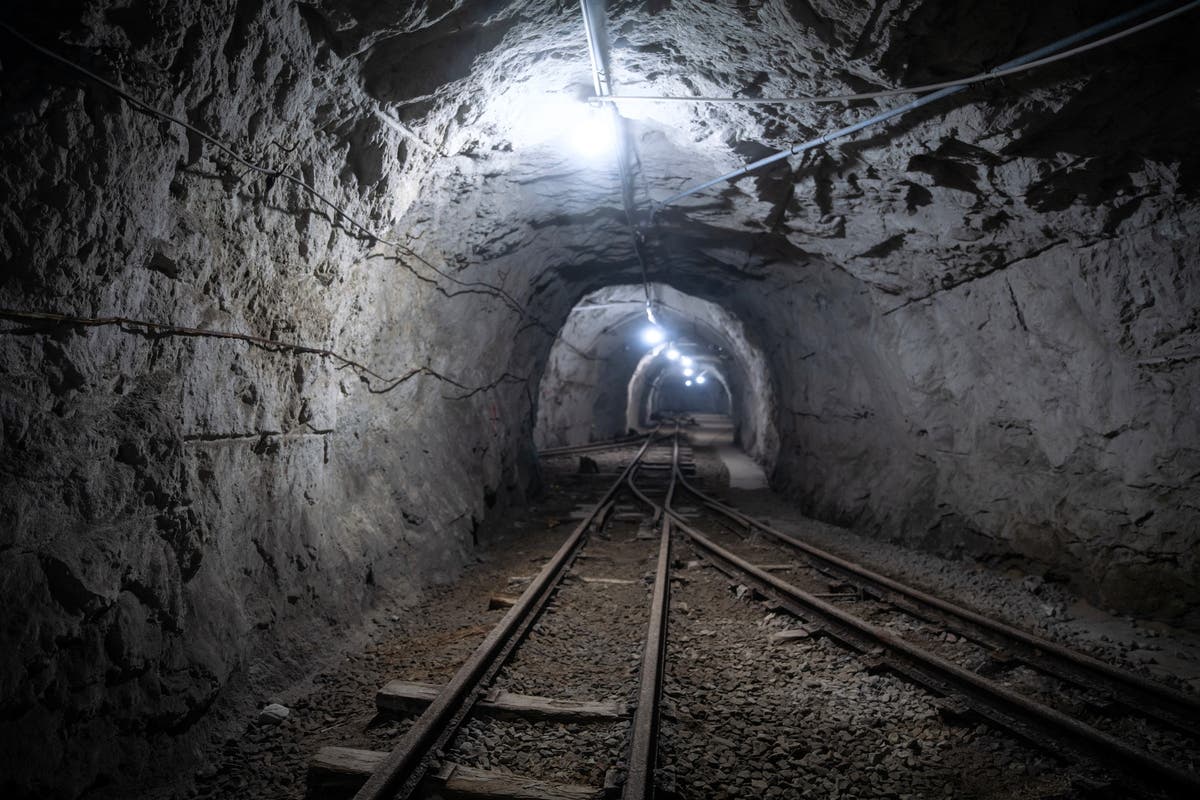An abandoned mine in Finland is set to be transformed into a giant battery to store renewable energy during periods of excess production.
The Pyhäsalmi Mine, roughly 450 kilometres north of Helsinki, is Europe’s deepest zinc and copper mine and holds the potential to store up to 2 MW of energy within its 1,400-metre-deep shafts.
The disused mine will be fitted with a gravity battery, which uses excess energy from renewable sources like solar and wind in order to lift a heavy weight. During periods of low production, the weight is released and used to power a turbine as it drops.



#2 is certainly food for thought. So the idea is that from a journalistic fact-checking point of view, it is more important to convey the information exactly as it was presented than to verify its accuracy?
This would explain why science/engineering-based articles are so commonly inaccurate or missing in critical details. The journalist can fall back on saying “I have a recording of an interview with the expert after we downed a few pints at the pub, and I’m just parroting back what he said. Don’t shoot the messenger!”
Then there’s the issue between scientific jargon that is different from general public use. A scientific theory has a specific definition, but it’s easy for general population to dismiss them as “just a theory”.